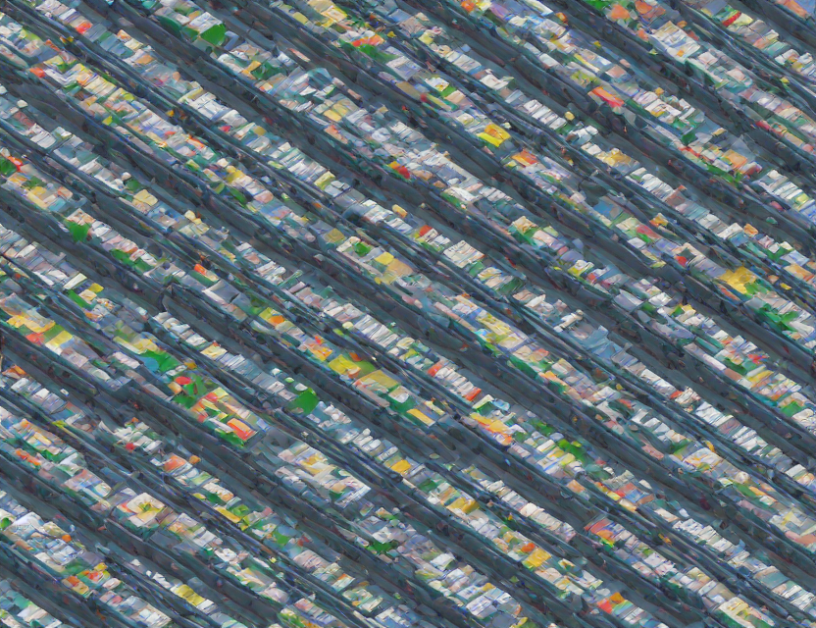In this article, the authors propose a novel approach to improving image classification models using "adversarial differentiable data augmentation." This method leverages the power of generative models to create new training data that challenges the model’s assumptions, leading to more accurate predictions. The authors use a game-like scenario to illustrate their approach, where the model is trained to distinguish between real and fake images created by the generative adversarial network (GAN). By continuously pushing the boundaries of what the model can classify, the model improves its accuracy over time.
The authors also discuss the limitations of traditional data augmentation techniques, which often rely on hand-crafted transformations that may not accurately reflect real-world scenarios. In contrast, their approach uses a differentiable GAN to generate new images that are more diverse and representative of the real world. This allows the model to learn from a wider range of examples, leading to improved performance.
The authors evaluate their approach on several benchmark datasets and show that it leads to significant improvements in image classification accuracy. They also demonstrate the versatility of their method by applying it to other computer vision tasks such as object detection and segmentation.
In summary, "Ad-versarial Differentiable Data Augmentation for Autonomous Systems" presents a powerful new approach to improving image classification models using generative adversarial networks. By creating new training data that challenges the model’s assumptions, this method leads to more accurate predictions and improved performance in computer vision tasks.
Computer Science, Computer Vision and Pattern Recognition
Data Augmentation Techniques for Image Compression



